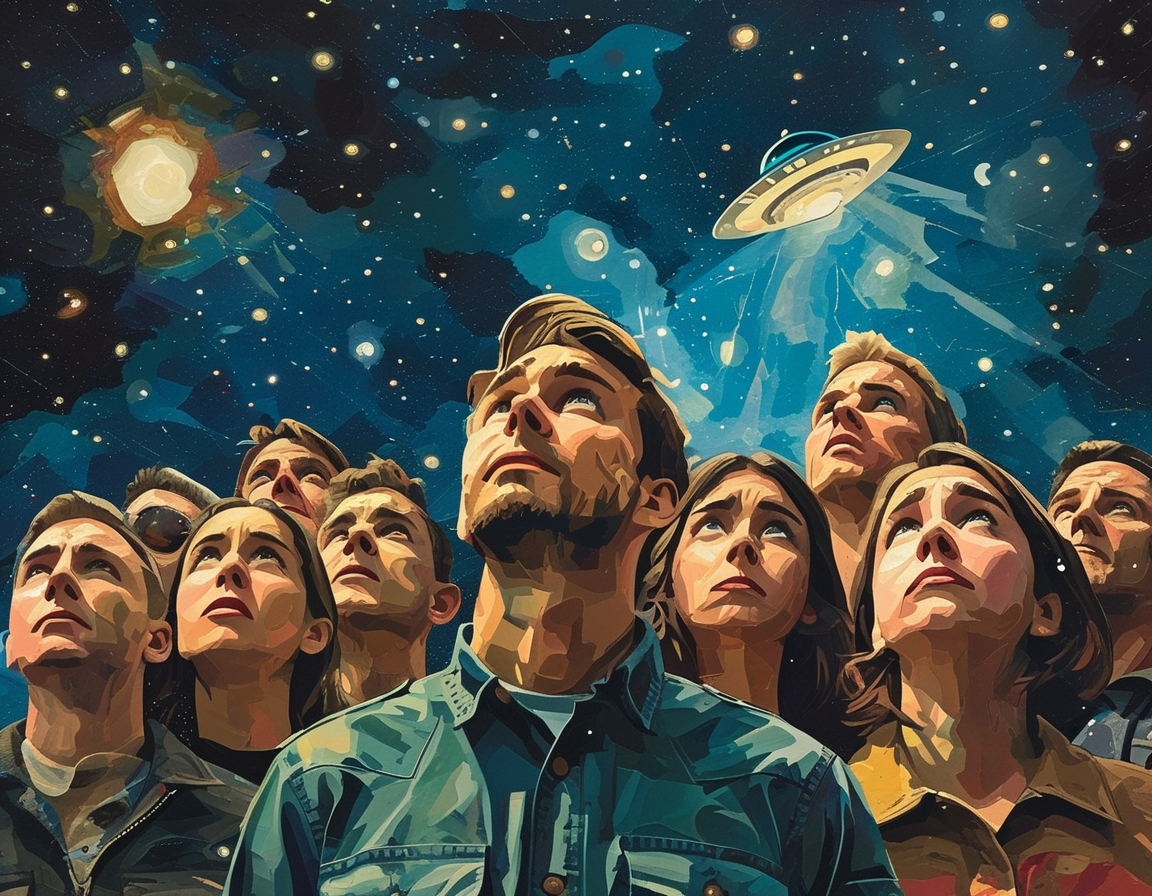The mystery of unidentified flying objects fascinates many. Yet, Canadians are at a crossroads. They crave knowledge about UFOs, but do not want to pay for it. This peculiar contradiction paints a complex picture for Canada’s approach to exotic aerial phenomena.

Recently, Canada’s chief science adviser commissioned a survey. This aim? To gauge public sentiment on UFOs—now commonly termed unidentified aerial phenomena (UAP). The results reveal a curious mindset among Canadians. Many want transparency from the government on UAP sightings. However, when it comes to funding research, the enthusiasm fades.
The poll conducted by Earnscliffe surveyed 1,008 adults in Canada last August. Interestingly, it indicates that nearly half of Canadians think the government must act on UAP reports. One third voiced that it’s extremely important for the government to disclose its UFO-related documents. Yet, only one in ten believes urgent funding for UAP investigations is a priority. How can this dissonance exist?

The survey appears to capture a national ambivalence. Canadians feel the thrill of mystery. Still, there’s hesitance when it comes to dealing with public spending. Government document releases seem more palatable, while dedicated investigations are less appealing. This raises questions: where do we prioritize our spending? Is funding even necessary for the truth?
Remarkably, the timing of this survey is linked to heightened public curiosity. The events of early 2023 played a significant role. A suspected Chinese surveillance balloon drifted across North America, causing widespread concern. That incident intensified conversations about UAPs in household discussions.

Despite this, a distinct lack of knowledge persists. Many Canadians are unaware of the truth behind these unusual sightings. Only 10 percent entertain the notion of extraterrestrial life, while just over 25 percent have encountered an unidentified object themselves. Yet, only ten percent report these sightings. How many more remain unexamined?
Moreover, the potential for citizen involvement emerges as a key component. One in five Canadians expressed interest in using a mobile app for documenting UAP sightings. This reflects a desire to engage, rather than passively observe. But how do we ensure these contributions yield meaningful data? The initial report from the science adviser stresses the chaotic nature of current UAP reporting.
Right now, sightings are scattered across various entities, both governmental and external. No centralized agency exists to gather and analyze these reports efficiently. The science adviser recommends a unified approach, potentially designating the Canadian Space Agency for this task. Might this be the key to unraveling the consultations on UFOs?
As discussions about UAPs continue, there remains a critical question. Is it too much to ask for the government to take ownership of the data? Canadians wish to understand the truth, but the desire to fund further exploration isn’t there. What does this mean for accountability in research? More importantly, what does it say about our relationship with the unknown? The road to understanding UAPs still seems long and uncertain.




